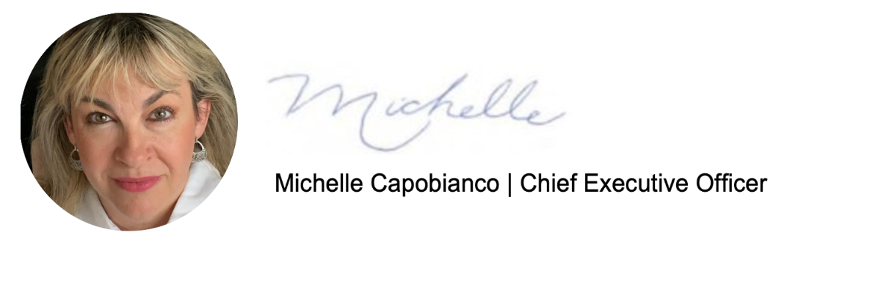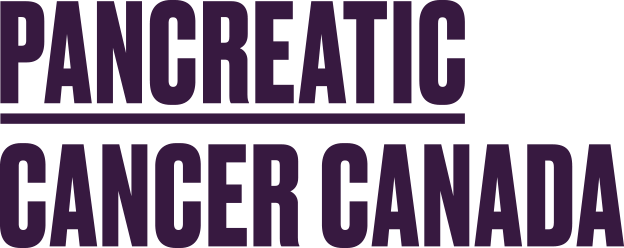
Chapter Five: Chemotherapy and Radiation
Monday, April 11, 2022
It has been over five weeks and I am still waiting for my pathology results, which continue to be delayed because of Covid. While the not-knowing weighs heavily on me, I am still working, traveling, and keeping up with daily life, though I am feeling more tired than usual. My doctors are still finding the right dosage of my synthetic thyroid hormone medication, which is having an impact on my energy levels.
While I wait and worry, I have been thinking about my cancer experiences as a whole. This is my second cancer. I have had four cancer surgeries and I am now six years older than I was when I received my breast cancer diagnosis. This has me considering some lifestyle changes, such as cutting back my occasional glass of wine and watching what I eat a little more. Of course, this is not at all restrictive – I can still have a cheat day when I feel like it, and I still have an appetite, which is something Richard lost when he started the platinum chemotherapy FOLFIRINOX two weeks after surgery – a drug he refers to as “Full-Fury”. It can be a highly effective chemotherapy, but it is also one of the roughest. Richard was prescribed 12 courses of FOLFIRINOX over 24 weeks.
“I was okay for the first few days, but after day four or five it hit me.” Richard experienced severe cramps and extreme diarrhea, weight loss, and mouth sores, which his care team provided special mouthwash for. After his Whipple procedure Richard had lost 20 pounds and he kept losing weight with the chemotherapy. “After my second round of chemo everything either tasted like cardboard or had no taste. I lost the pleasure of eating, and everything ran through me. I worked with the local pharmacist to try to get prescriptions to stop the diarrhea, including opioids, CBD oil, injections and over the counter medicines like Metamucil, and Loperamide for weight gain. I also took Boost and weight gain formula but I had to hold my nose to drink it. I became potassium and magnesium deficient, and my electrolytes got dangerously low.” He was prescribed some medications to help with his symptoms, but nothing seemed to work; the chemo was stronger than anything. “Funnily enough, when I’d be starting the infusion I’d get my appetite back, so I’d bring peanut butter sandwiches to my appointments. On the downside, because I had low electrolytes, I could not start the chemo until I received an infusion of magnesium and potassium, which added two hours to my six hour chemo regimen. Thereafter my feet were swollen and as the chemo progressed and I lost more and more weight, I had nerve damage in my left leg developing ‘drop foot’. My body was getting weaker and weaker. The short walk between the parking lot and the cancer ward became tougher and tougher because I was rapidly losing muscle strength.”
Through it all, Richard chose to keep working. “It wasn’t that I had to work but I chose to keep my mind busy. When you’re sitting in the hospital for an eight-hour infusion there isn’t much to do and most patients were asleep, so I’d be on the phone making deals while emergency codes went off elsewhere in the hospital. Colleagues on video calls would see me attached to my chemo pumps with all of the beeps and bells but I just kept at it. It was quite a sight to see me hooked up to eight pumps walking to the washroom. The care that I received was excellent, however.”
Celéste, on the other hand, has taken time off work during her chemotherapy treatments. Also prescribed the platinum chemotherapy FOLFIRINOX, she finds that having IV hydration after her infusions helps manage the potential side effects. Starting chemotherapy has made her even more concerned about the increase in Covid-19 cases as her treatment makes her severely immunocompromised. Aside from her cancer centre, Celéste and her husband stay home as much as possible. Luckily, their friends and family have rallied around them, bringing by groceries and running their errands. This kind of support is invaluable during such a challenging point in her cancer journey.
The chemotherapy regimen Richard and Celéste were prescribed is usually where most other pancreatic cancer patients begin their treatment journey – these are the 80% who are diagnosed too late for surgical intervention, which is still the only curative strategy for pancreatic cancer. With only two chemotherapy regimens approved in Canada for pancreatic cancer, options for advanced patients are very limited, which is one of the reasons why the long-term survival rates for this disease are so low. These are the patients I speak to most often: the ones who are desperate for a treatment that will give them more time with the people they love.
My own post-surgery treatment will happen in a few weeks (assuming it hasn’t spread), and it will be as simple as taking a single pill. The thyroid absorbs iodine, so a radioactive iodine pill delivers radiation directly to any thyroid tissue that was left after surgery and destroys it. I will only have to take it once and then isolate for five days, which at this point is mostly just an inconvenience. I might experience some tenderness in my neck or salivary glands, dry mouth, nausea, or temporary changes to how food tastes, but all things considered, I am expecting the side effects to be relatively mild. This will be the only additional treatment measure I’ll need. It’s extremely rare, but there is a risk of developing leukemia, stomach cancer, or salivary gland cancer as a result of the treatment, but the peace of mind of being cancer free is much more important.
*Pancreatic cancer can be an intensely personal experience, particularly when a patient is still undergoing treatment. With this in mind, we have gathered the experiences of several patients navigating a stage II pancreatic cancer diagnosis, and will present them here in the coming weeks as the story of Céleste.

